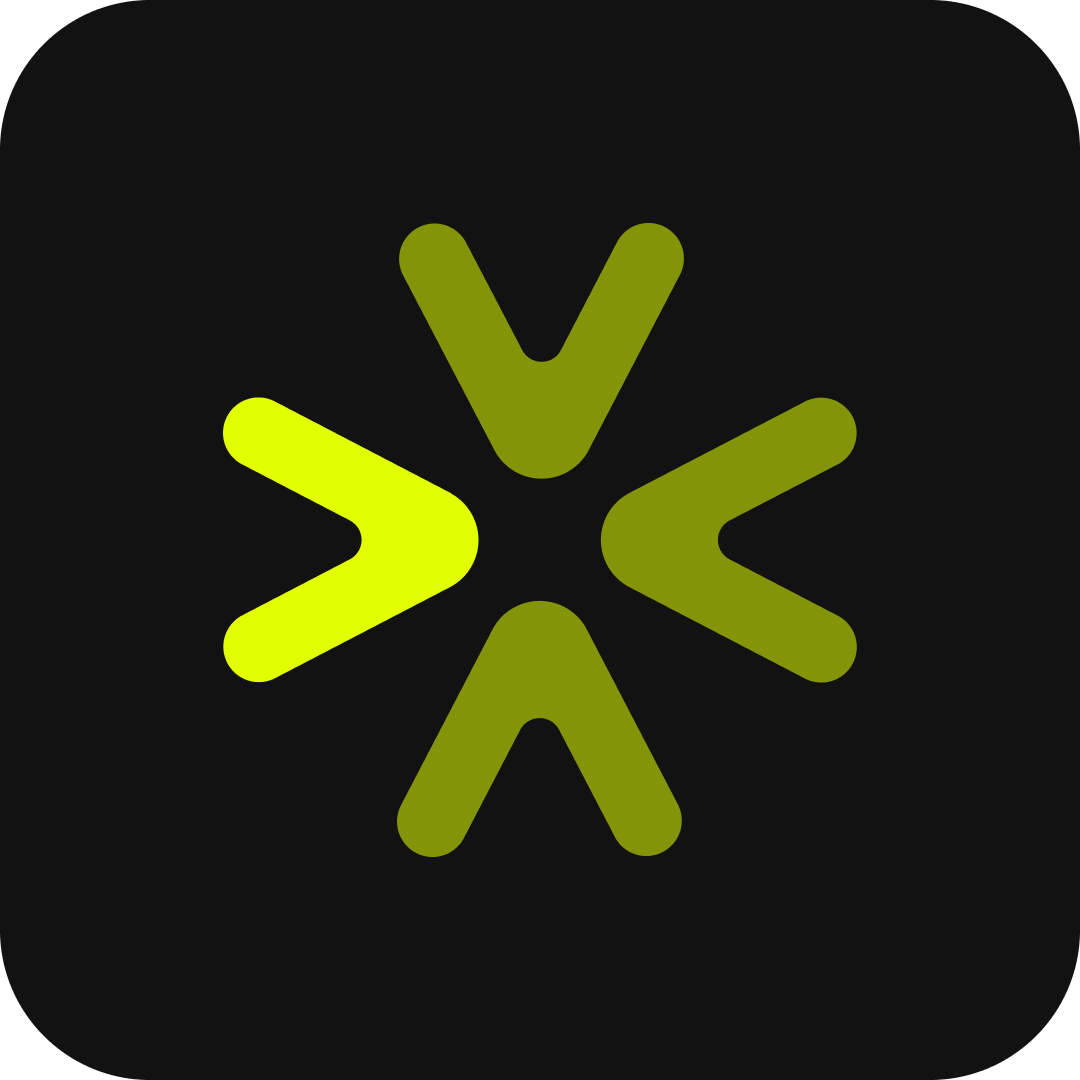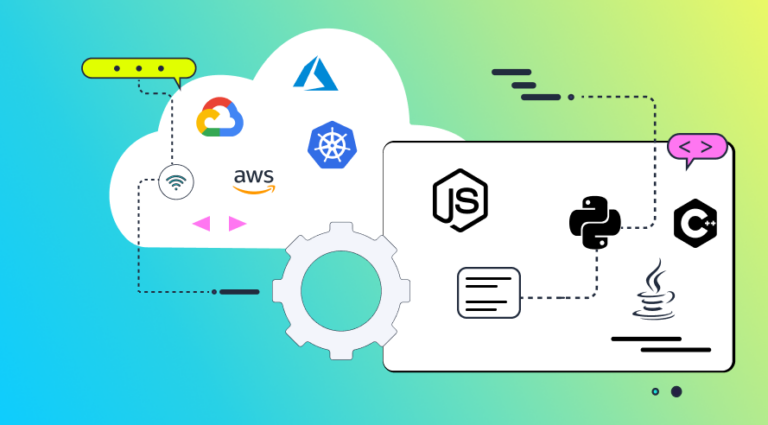Microservices are powerful architectures. Yet, they are complicated ones as well. Microservices enable engineering departments to scale faster than ever, but this speed comes at the price of developer confidence. When developing microservices, it is hard for developers to understand how different services interact with each other and why a certain event occurred when and where it did.
This means that when an error occurs, it is very difficult for developers to troubleshoot issues, i.e figure out where the error is and what is triggering the problem. As a result, it is also very challenging for them to analyze and replicate it, so they can prevent it from recurring in the future.
But this was only until recently. In this blog post, we introduce distributed tracing as a game-changing solution for microservices observability and troubleshooting applications. We explain how it can be realized with OpenTelemetry, and describe what’s so novel about this approach. So here it is, opentelemetry for troubleshooting.
Distributed Tracing: A New Level of Observability
The most common solutions in use nowadays for troubleshooting applications are logs and monitoring solutions. Logs provide diagnostic information about events and the state of the application, and monitoring provides insights about the availability of systems. Both solutions provide important insights, however, they do not reach the granular level of observability needed for troubleshooting microservices.
In addition, logs require developers to insert them before pushing them to production, which requires them to anticipate where problems could occur. If they could do that, there would be much less of a need to troubleshoot at all…
Distributed tracing, on the other hand, provides visibility and insights into requests across microservices, enabling observability into how the data flows. The trace automatically collects data from the request flow, consolidates various transactions into one root action, attributes each transaction to one user’s request, and provides visualization. In other words, distributed tracing shows all the transactions that took place from one trigger operation.
This visualization can help with troubleshooting – through distributed tracing, developers can understand where, when, and why an error occurred because they can see the path a request spanned throughout the architecture. This makes the error easy to replicate, diagnose, fix, and prevent from recurring in the future.
Realizing Distributed Tracing with OpenTelemetry Tools, for Troubleshooting
While distributed tracing is the concept, the actual realization takes place through OpenTelemetry (OTEL). OpenTelemetry is an open-source collection of tools, APIs, SDKs, and tools for creating and gathering telemetry data. Data is generated with logs, metrics, and traces.
Then, through open-source tools like Jaeger or Zipkin, developers can automatically see their microservices architecture and traces. They can see how long each request took when it ended, which types of data were sent and who they were sent to. So they can identify, for example, when a call left a container or which third-party request was made. In case of an error, they can easily troubleshoot it.
Related: How Novacy Shortened Troubleshooting Time by 90% with Helios
What’s So Novel About OpenTelemetry?
OpenTelemetry is a frictionless solution for microservices observability and instrumentation. Built as a consolidation of previous solutions, it has powerful capabilities that are based on previous experience. No wonder it’s the second most popular open-source solution by CNCF (Cloud Native Computing Function), preceded only by Kubernetes.
Slowly but surely, the use of opentelemetry for troubleshooting is growing. OTel is becoming the industry standard for instrumentation and is being used more and more to troubleshoot applications. Mainly, thanks to these capabilities:
- Seamless Integration – Through OTel, observability is provided automatically. This simplifies the developer workflow. The integration is enabled through an SDK that is injected and automatically captures telemetry data from requests, calls, and more. Read more here.
- Easy Troubleshooting – OTel enables catching errors and bugs sooner and more efficiently. Every time there is a problem, like a bottleneck or a database error, developers can just open up their tool for visualizing OpenTelemetry, see the entire architecture, identify the problem and quickly fix it.
- Multi-language support – OTel is vendor-agnostic, supports multiple technologies, and can be integrated with a large number of tools in the developer stack, which enhances usage across multiple use cases.
- Open Source – OTel has a vibrant community that is constantly contributing to it. As the community grows, OTel’s capabilities grow with it.
OTel is a new way to troubleshoot. Its capabilities are redefining what microservices observability means, and are creating a new de facto standard for development and troubleshooting. Troubleshooting was never so exciting, or easy.















